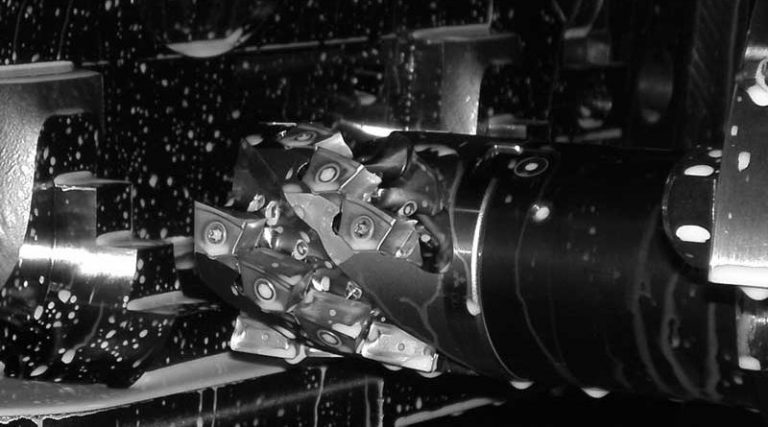
Titanium is certainly a fascinating, prestigious element with unique properties that make it a perfect material for medium and high level goldsmith production.
But how is a titanium jewel produced? What are the techniques for its processing? And above all, which production technique is the most suitable for your idea and your needs?
In this short guide we will explore the 4 main production techniques that allow to transform titanium from a simple material to a refined object of design.
1 – The lost wax casting
Although lost-wax casting is a conventional technique for the production of jewelry, it is only in the last decade that techniques have been developed to be able to apply it even to a resistant and difficult to melt material such as titanium.
Equipment
The necessary equipment are:
- 3d wax printers or machine for the production of waxes by injection into silicone molds;
- furnaces for firing cylinders;
- casting machine dedicated only to the casting of titanium.
Geometries
The casting technique can be combined with the protofusion technique, that is the production of waxes by casting through 3D printing technologies before moving on to the actual investment casting.
This step replaces the production of waxes with the silicone mold and allows you to create even complex geometries that could not be achieved with the silicone mold technique which has almost impassable geometric limits.
Pros and Cons
Microfusion is well known by goldsmiths because it is the technique that is mainly used for the traditional production of jewels.
It is the ideal technique if you want to produce medium runs but becomes less advantageous in the case of large runs; it is a moderately expensive process that requires ad-hoc equipment, 3D printers and other satellite equipment to complete the production process.
2 – Mechanical machining for chip removal (CNC milling numerical control)
If your goal is to create a line with great geometric precision and high production speed, CNC machining is probably the ideal choice.
Geometries
The only limits that this processing has are related to the equipment used, this is because shaving removal machines are used to process the material starting from a single block of titanium.
Obviously this entails important and decidedly higher geometric limits compared to investment casting technology and that of 3D printing (which we will see shortly) and with higher preparation costs.
Pros and Cons
The strong point of the numerical control of milling (CNC) is certainly the high production speed which makes it the technique to be preferred if you want to aim for the creation of large productions, while it is not an economic solution if the goal is to create small runs or unique pieces.
In terms of surface quality, numerical control is the technique that guarantees a lower surface roughness than other technologies.
3 – 3D Printing
Developed and introduced in the last decade, 3D printing has made titanium machining much easier and is the one that can best meet your creative needs.
Geometries
Thanks to this process, in fact, there are no geometric limits and you will have the possibility of developing single pieces or small runs at low prices.
This factor alone justifies the purchase price of this technology which is important, but not the highest in the industry.
Pros and Cons
It is the cheapest approach.
The entry level machines have working areas of cm 100x100x100 mm but obviously there are machines of much larger dimensions that reach up to 250x250x250 mm, but this entails equally high costs.
It must be said that 3D printing generates a worse surface roughness than other processes, a factor that does not however represent a limit since the material can subsequently be polished thanks to the work of the goldsmith.
This technique also requires post-production heat treatments that are used to relieve the tensions that are generated during the melting phase of the titanium powder inside the work area.
4 – The craftsmanship
In all three cases (investment casting, CNC, 3D printing), the last word always rests to the master goldsmith who has the task of smoothing and polishing the surfaces and then moving on to the precious stone setting phase.
The craftsmanship is certainly the cheapest method from the point of view of production plants, but at the same time it is the one with the longest and most laborious process.
In fact, the artisan process starts from a titanium plate or wire that are modeled by hand to obtain the desired shape: obviously this is a very long and complex process that for these reasons is rarely used in the goldsmith sector but at the same time allows to create unique pieces in the true sense of the word.
Since the geometry created is not repeatable, this processing method is mainly used for high-end jewels and represents a very precise and strategic choice of the brand since, nowadays, the three technologies we have seen previously (investment casting, CNC, 3D printing) allow you to produce the same geometries with much lower times, speeds and costs.
Conclusions
Obviously, there is no “better” or “worse” technique, all 4 have different peculiarities, characteristics and methods.
The ideal is to have in mind what final result you want to achieve to understand which process can save you money and time and at the same time get a final result that meets your expectations and your creativity.
If you are thinking of adopting titanium as a material for your next jewelry line and you want to know more, just fill out the form below to get a free consultation from one of our experts.
DOT Manifattura srl
Viale Circonvallazione Ovest
Zona CO.IN.OR Lotto 4/A n.40
Valenza (AL)
C.F./P.IVA 02622450068
SDI: KRRH6B9